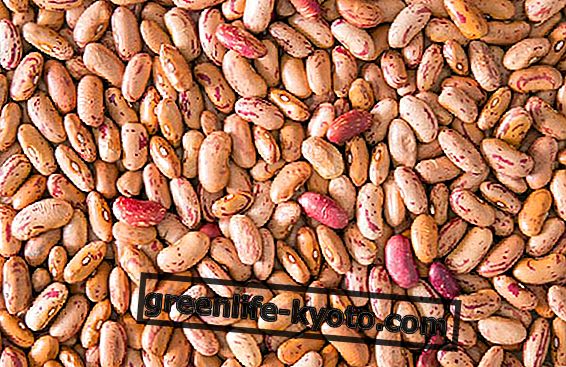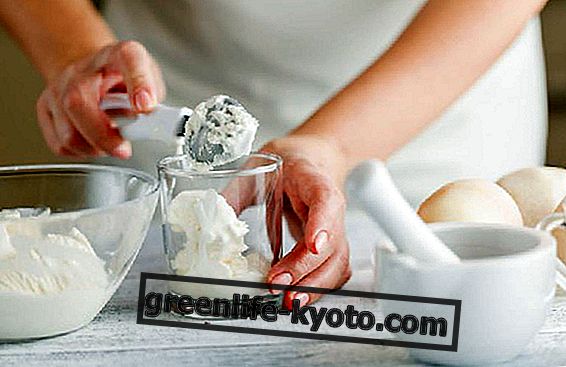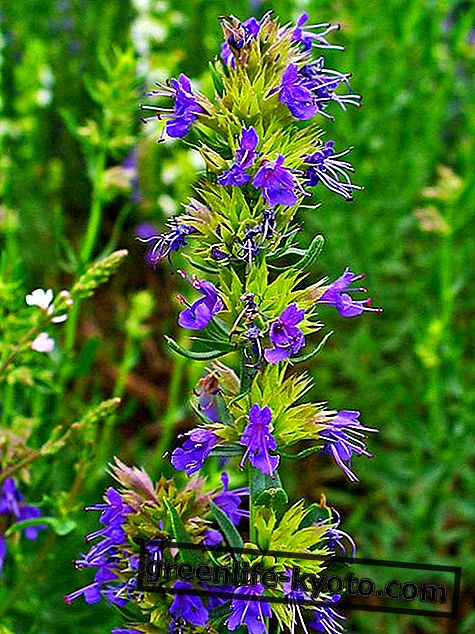The oil of Azadirachta indica , in Italy called neem oil, is extracted from the fruits and seeds of a meliacea known as nim (from the Sanskrit नीम), an evergreen native to the Indian subcontinent (India, Bangladehs, Pakistan, Burma, Iranian islands ), chosen as the official symbol of Sindh.
However, there are also plantations in Africa due to its anti-desertification qualities, and in some US states.
Characteristics of neem oil
The oil can be found on the market in various colors : golden, dark yellow, reddish, brown, greenish and bright red.
Its typical smell is a cross between garlic and peanuts and if pure it is a bit pungent to those who do not know it, but it is thanks to this aroma and the substances it contains that its beneficial properties owe.
It is mainly composed of triglycerides, although it contains many triterpenoids which cause its bitter taste. Its composition is: Omega 6 6-16%, Omega 9 25-54%, Palmitic acid 16-33% and Stearic acid 9-24%.
Properties and use of neem oil
The composition of neem has mainly two functions: on the one hand the repellent capacity given by the active principle, while on the other it has pharmacological and curative properties given by the presence of nimbine, both triterpenoids.
It also contains plant steroids such as campesterol, beta-sitosterol, sigmasterol. The excellent insect repellent capacity is applied in cases of pediculosis (lice) .
Especially when children are affected, this treatment is natural, not very invasive and extremely effective.
We find products on the market based on neem oil or we can simply use it directly on the hair leaving it in place for at least 20 minutes, no longer allowing the louse to breathe: thus we can eliminate it by combing the hair with the special fine comb and rinsing the hair
Discover all the applications of Neem oil
In agriculture, the same principle neem oil is used as a natural treatment to eliminate pests and harmful insects from plants, especially from fruit trees.
The oil is sprinkled on the trunks and on the surfaces of the plant thus preventing breathing to the insect that will suffocate without any damage to the plant. This procedure is equivalent to the use of white agricultural oils.
In industrial use it is a lubricant for gears and wheels.
Health use ranges from antibacterial, antiviral, antifungal and antifungal properties to use in herbal and pharmaceutical products, such as anti-diabetic, sedative, febrifuge and diuretic.
Specifically, neem oil is used for skin problems, to strengthen hair, to support liver functions, to purify the blood and to balance sugar levels.
However, the products of this plant are only suitable for adults, given that children have a risk of liver poisoning. In any case the products for external use are tested and many remedies have been used for hundreds of years especially in India where the use is traditional since ancient times.
In cosmetics neem oil is used in the production of soaps, shampoos, creams, balms, toothpastes. Neem oil packs are a real panacea for the hair, being very nourishing and leave the hair bright and nourished after the treatment. Also on the skin it is indicated to moisturize it and is used as a massage oil .
In the kitchen of the neem plant the flowers in the soups are eaten and the leaves can be tasted fried and crunchy.
The use of plants for food purposes is defined alimurgia and once the collection of herbs and wild plants was common to enrich the tables in every season.
Did you know that
In its region of origin the nim is known as "sacred plant", "cure-all", "village pharmacy", "natural pharmacy", "panacea for all evil" and the medicines produced by this plant have a millennial history.
Ayurvedic medicine uses it to counter malaria, acne, fever, leprosy, ophthalmia, tuberculosis.
Discover also the properties and use of neem mother tincture
Recipe against lice
If head lice are suspected and there is already an itch in the head, we can prepare an oil to eradicate this annoying parasite.
It will be sufficient to wash the hair with a neutral shampoo and take a vial of neem oils where we will add a few drops of Tea Tree essential oil (Malaleuca) .
We will cover the hair the whole length, from the base of the hair to the ends and we will leave it to act for at least 15 minutes, better if we have the patience to reach 30 minutes.
With warm water rinse and remove the pack. In this way the lice will be eliminated and when the hair is dry you will be able to remove any eggs and the remains of the lice with the special comb.
The advice is to carry out this treatment on the 1st day, the 3rd day, the 5th day on the 7th day and the 14th day so that if some eggs still hatch we will be sure to eliminate all the lice.
Another secret is to put on a perfume or a diluted essential oil, a sweet-scented fragrance.
It will be enough to apply it behind the ears on the skin and the lice will hardly come back because the smell is unwelcome to lice.













